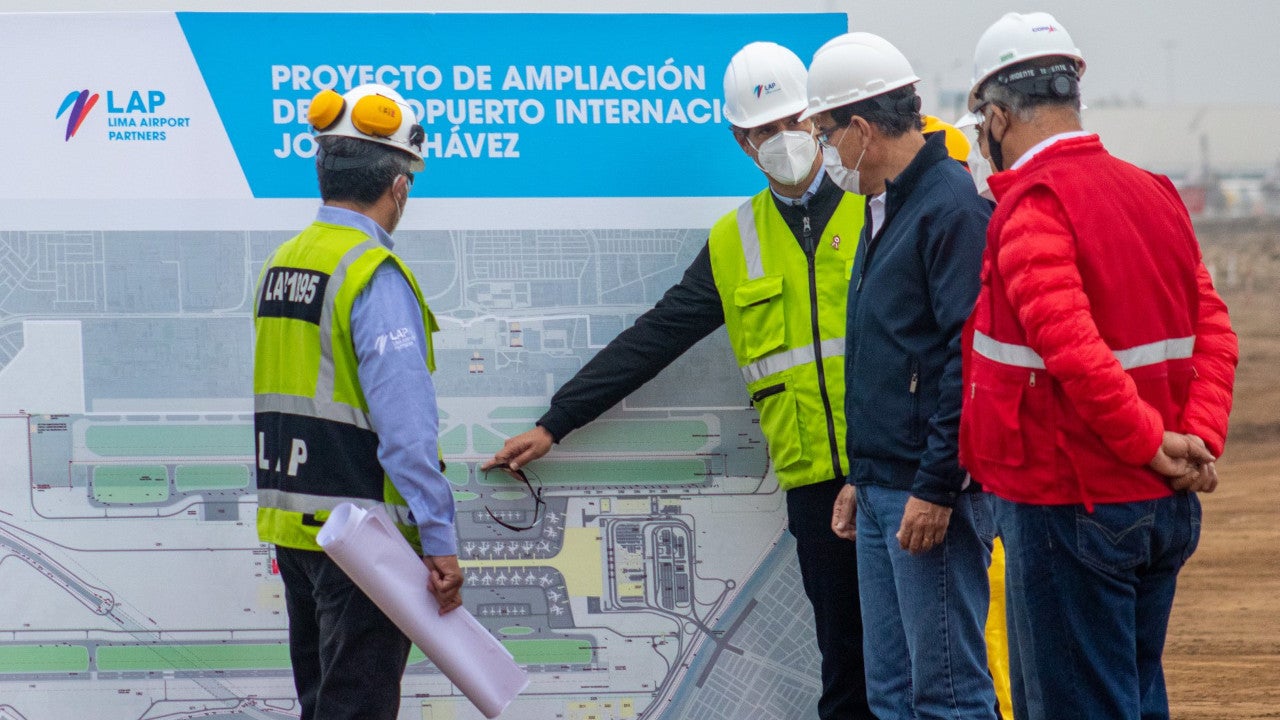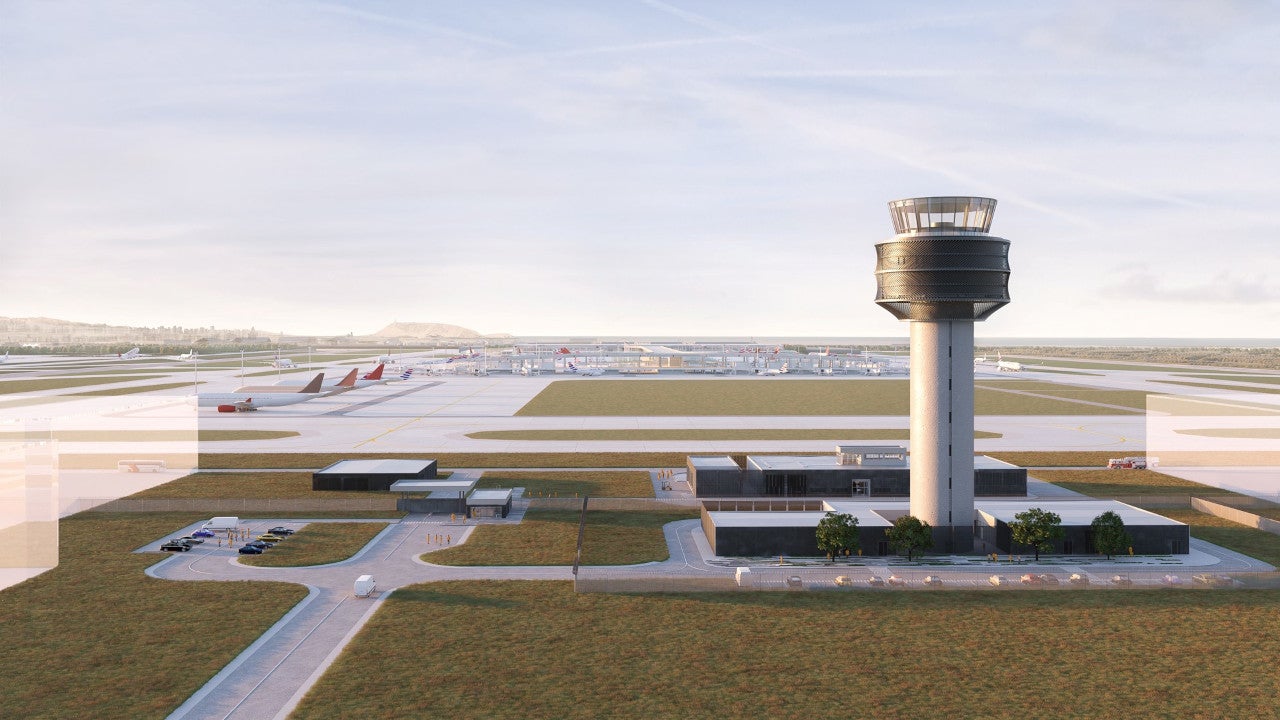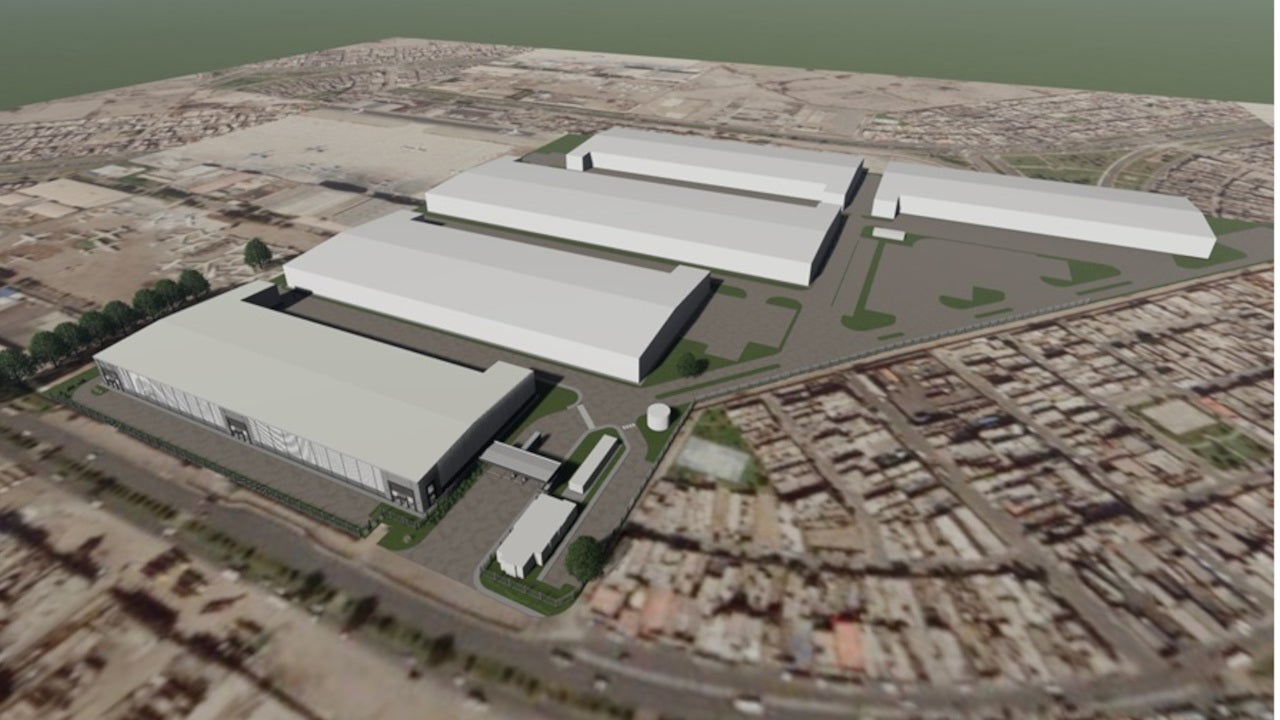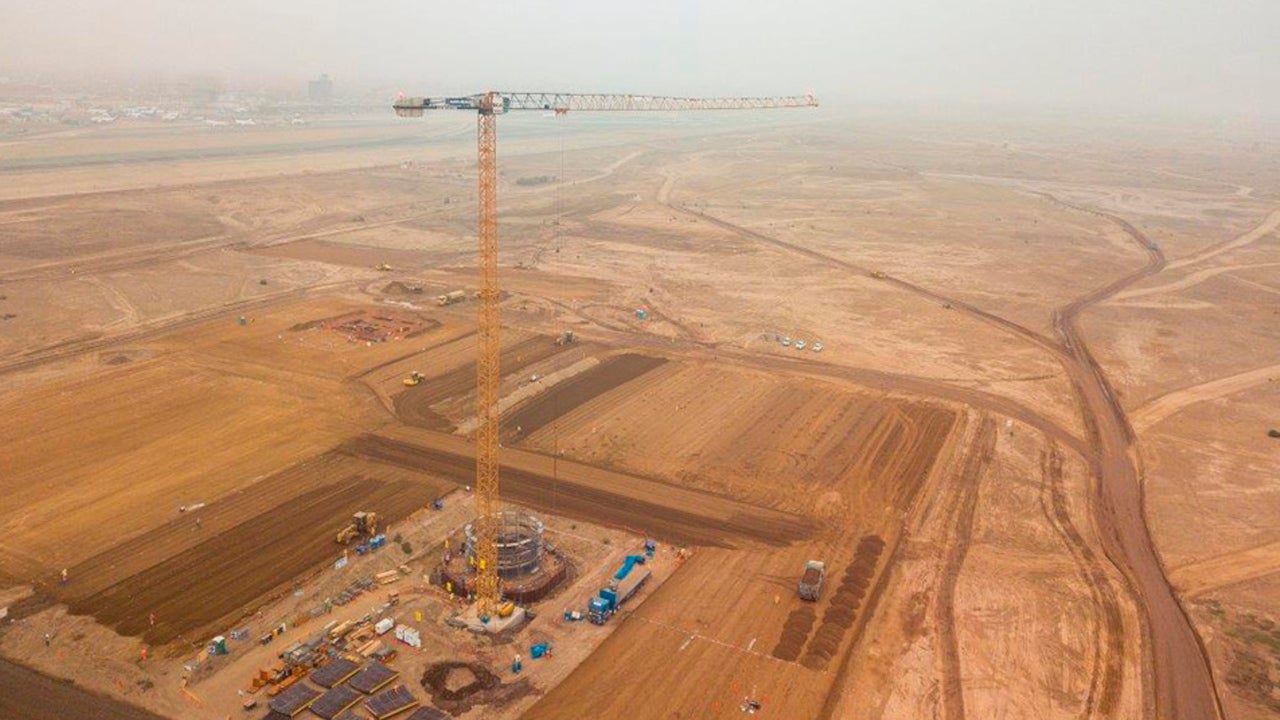Jorge Chavez International Airport, the main international airport in Lima, Peru, is undergoing a major expansion to transform into one of the most important airports in South America.
The airport expansion programme will mainly include the development of a new passenger terminal, a second runway, taxiways, a new air traffic control (ATC) tower and a new aircraft apron. It is part of the economic reactivation plan proposed by the Peruvian Government. The new runway is expected to commence operations by late 2022.
The airport is operated by Lima Airport Partners (LAP) which is owned by Fraport (70.01% interest), IFC International Financial (19.99%) and Peru’s AC Capitales SAFI (10%). LAP concession officially commenced operations in February 2001 and its licence to operate the airport will run until 2041.
The airport served approximately six million passengers in 2020, a decrease of 74% compared to the previous year due to the Covid-19 pandemic.
Jorge Chavez airport expansion background and financing
In July 2017, LAP and the Government of Peru signed an amendment to the airport concession agreement signed in 2001. The new agreement allowed LAP to proceed with the $1.5bn expansion programme at the airport.
LAP signed an agreement for a loan of $450m to fund the airside development programme at Jorge Chávez International Airport in September 2020. The funding will be provided by Banco Bilbao Vizcaya Argentaria, KfW IPEX-Bank, Sumitomo Mitsui Banking (SMBC) and Bank of Nova Scotia.
Jorge Chavez airport expansion details
The airside development programme will mainly involve the construction of 10km of taxiways, a 65m-high ATC tower, a second 3,480m-long runway, and a 250ha advanced mid-field apron area to increase the slots available for aircraft parking. It will also add new operational facilities for fire and rescue services, surveillance systems, as well as beacons and navigation support equipment.
Two new taxiways, L3 and L5, are being built to link the new airfield and the current runway. The development of L3 and L5 will include the construction of aeronautical pavements in the operational area, and intervention works in the existing runway. LAP will also construct a new aviation fuelling system that will be used to receive, store and distribute fuel. The new fuelling system will allow the airport to convert the JET A1 aviation fuel supply chain from tanker trucks model to dedicated pipelines.
New passenger terminal
Jorge Chávez airport’s new passenger terminal will be built over an area of 260,000m² with 120 check-in counters and 60 boarding gates. It will have the capacity to handle approximately 40 million passengers a year upon the commencement of operations.
The terminal will also feature two large entertainment areas at the domestic and international zones. The design of the new terminal’s roof will allow more natural light into the centre of the building. A new baggage handling system will also be built.
Jorge Chavez international airport’s new air traffic control tower
Designed to improve air traffic control in Peru, the new ATC tower is being built using reinforced concrete, steel structure, and an 11m-diameter cylindrical shaft. It will enable the airport to operate two runways. The tower will be installed with a control cabin at the top to comply with the visibility requirements over the airfield.
Construction of the tower began in July 2020 and is expected to be completed by the end of 2021.
Logistics infrastructure development
A new logistics park, known as Parque Logístico Callao, will be opened by the end of 2021 in Callao as a part of the expansion programme. The logistics park will comprise modern warehouses to support the exports and imports of goods.
LAP entered a partnership with CAPIA and LatAm Logistic Properties for the construction of $53m project. The Parque Logístico Callao project will build five logistical buildings, a central monitoring station and a wastewater treatment plant.
Contractors involved
Wayra Consortium received a contract from LAP for the construction of the new control tower and airside support buildings in May 2020. The consortium includes Ferrovial, Acciona and JJC.
Sacyr Ingeniería y Infraestructuras and its partner GyM were contracted for the construction of the second runway in August 2020.
In September 2018, a consortium of FCC Construcción, Salini Impregilo and Aecom was selected as the design and build team for the implementation of expansion project.






